Meyer, Philip.
The vanishing newspaper : saving journalism in the information age / Philip Meyer. 2nd ed.
p. cm.
Includes bibliographical references and index.
Summary: In this edition, Meyer's analysis of the correlation between newspaper quality and profitability is updated and applied to recent developments in the newspaper industry. Meyer argues that understanding the relationship between quality and profit is central to sustaining journalistic excellence and preserving journalism's unique social functions. Provided by publisher.
ISBN 9780826218582 (cloth : alk. paper)ISBN 978082621877 3 (pbk. : alk. paper)
1. JournalismUnited States. 2. JournalismEconomic aspectsUnited States. 3. Newspapers. I. Title.
PN4867.2.M48 2009
071'.3dc22 2009022452
In memory of Edwin A. Lahey, 19021969
Acknowledgments
Funding for the research and time off for the writing of this book came from the John S. and James L. Knight Foundation along with the specific encouragement of John Bare, Hodding Carter, and Eric Newton. And, of course, the memory of the Knight brothers and their ideals guided its development.
Many people at the School of Journalism and Mass Communication at the University of North Carolina at Chapel Hill helped out along the way. Nancy Pawlow, the Knight Chair assistant, kept the project organized. Many student assistants bore a hand, including Minjeong Kim, Theresa Rupar, Owen Covington, David Freeman, Chris Richter, Joy Buchanan, and Cary Frith. Other students let me borrow from their course work, including Koang Hyub Kim, Diana Knott, and Yuan Zhang. Fred Thomsen kept my computer running. April Umminger of USA Today was a summer volunteer. Special thanks to former Dean Richard Cole for providing the work environment and bringing in the sheaves and to Dean Jean Folkerts for her encouragement and for allowing me to keep my office after I joined the emeriti.
Colleagues at Chapel Hill and other institutions were a major help, especially Jane Cote of Washington State University at Vancouver, whose research interests in her field of accounting overlapped mine in journalism. We collaborated on the interviews of present and former newspaper company CEOs. Scott Maier of the University of Oregon pitched in on data collection and study design for the accuracy measurements. Dale Peskin of New Directions for News managed the contracting on that effort. FrankFee of Chapel Hill collaborated on the copy editor study. Edward Malthouse at Northwestern University and Rick Edmonds of The Poynter Institute were frequent sources and sounding boards. In North Carolina, conversations with Patricia Curtin, Frank Fee, Joe Bob Hester, Donald Shaw, the late Robert L. Stevenson, and Xinshu Zhao kept the wheels turning. Lenny Lind and Kimberly Overcash-Clark of FGI oversaw the mail surveys. Librarians Barbara Semonche and Marion Paynter helped me discover, store, and retrieve data in mass quantities. Jane Cote, Bill Hawkins, Frank Hawkins, W. Davis Buzz Merritt, and John Morton were seminar visitors while the project was unfolding. Present and former newspaper executives who shared their time and their viewpoints with Cote and me included Alvah Chapman, Larry Jinks, Tony Ridder, Doug McCorkindale, Al Neuharth, Erwin Potts, and Gary Pruitt.
Bill Drewry, Lauren Rich Fine, and John Morton helped me see the problem from the investor side. Thanks also to the people assembled by the Poynter Institute to ponder these problems, including Steve Lacy, Geneva Overholser, Tom Rosenstiel and Esther Thorson. William Friday provided wise career advice at a critical moment. Sue Quail Meyer made it all worthwhile.
And now the disclosures: I am an alumnus of Knight Ridder and a beneficiary of its retirement plan, now merged with that of McClatchy Newspapers. I have been a consultant and contributor to Gannett's USA Today, and a sometime shareholder in Amazon.com, all of which receive mention in these pages. And, of course, the research here described was funded by the fruits of Jack and Jim Knight's enterprise through the Knight Chair in Journalism that their foundation endowed. I hope they would be pleased. Neither their newspaper company, its successors, nor the Foundation bear any responsibility for the message herein.
The more powerful conflict of interest is nonfinancial. I have been part of the newspaper business since the age of 14, when I delivered The Clay Center (Kansas) Dispatch on a seven-mile bicycle route through the poorest part of town. Newspaper people are my friends. The message in these pages is an attempt to warn and empower them. I pray that it helps.
Introduction to the Second Edition
For some, the apocalypse came sooner than expected. The 20089 recession overlaid a cyclical downturn on top of the long, slow secular decline in readership that newspapers had been experiencing since the 1970s. Newspaper owners who had leveraged their acquisitions in the expectation of a steady-state revenue stream to service their debts were suddenly in trouble.
In late 2008, the Tribune Co. filed to reorganize under Layoffs accelerated across the industry. Even Gannett's relatively prosperous USA TODAY announced a 10 percent staff cut.
Without the recession, the underlying secular trend was bad enough. Weekday circulation of daily newspapers in the USA fell in 2007 to 50.7 million, its lowest point since 1945. Sunday papers, to which advertisers had repaired for their bulky packages of slick-paper preprints, dropped to their 1972 level.
There was more. The metric most relied on by advertisers was average daily readership, measured by the read-yesterday question in sample surveys. In 2006, it fell below 50 percent for the first time since its inception in 1964, and it dropped again in 2007 to 48.4 percent.
And the number of daily newspapers continued to fall at a steady rate: an average net loss of twelve mastheads per year since 1971.
None of these events changed the two basic theoretical justifications for the research reported in this book, but they did justify a shift in emphasis. The first justification was to convince the owners and managers of newspapers of the futility of cutting the quality of their products in an attempt to maintain monopoly profits after the monopoly was gone. It was an argument that might seem obvious to news-editorial people, but it was not so apparent to accountants and advertisers: that product quality is necessary for sustainable profitability.
It might be apparent to them now, but that horse has left the barn. The self-destruction of the traditional mass-market newspaper could be irreversible.
The other reason for undertaking this study of the effect of news-editorial quality on profitability was to try to transfer awareness of the importance of information quality to whatever new media businesses will replace the traditional newspaper. The core of the argument is based on a theoretical model that I have come to think of as influence theory. It holds that advertising-supported news media will succeed to the extent that they are influential in whatever communities they serve. The evidence comes from geography-based communities, but it should work in nongeographic markets as well. Influence is earned by trust, and the empirical evidence in this book shows that trust depends on quality. If the traditional public service functions of newspapers are to be served by strange new media forms, the creators of those forms will benefit by understanding those essential causal links: quality to trust to influence to sustainable profit.

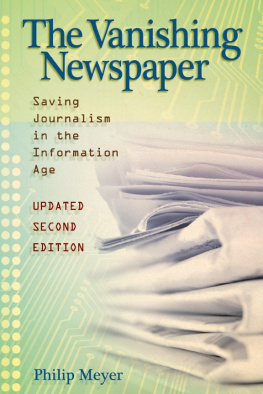
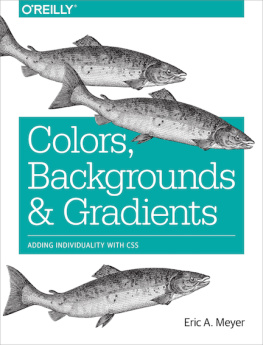
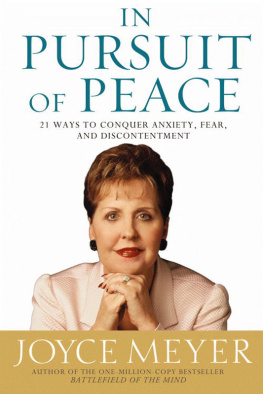

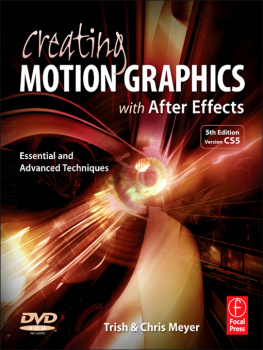

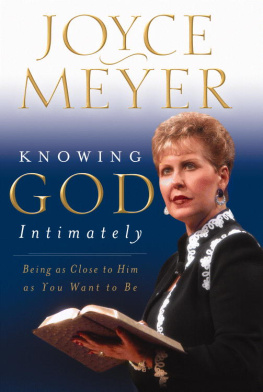


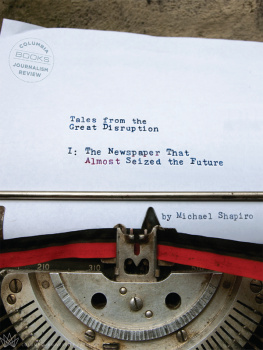



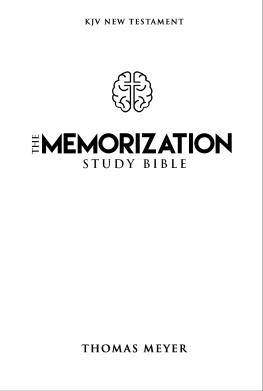
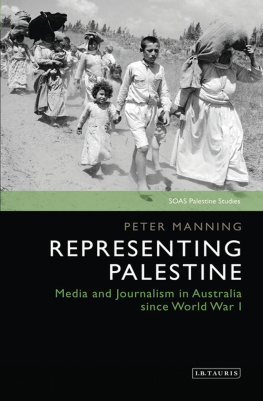
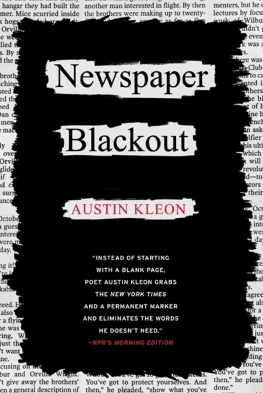
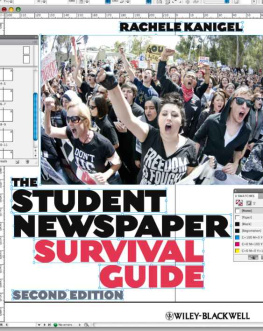
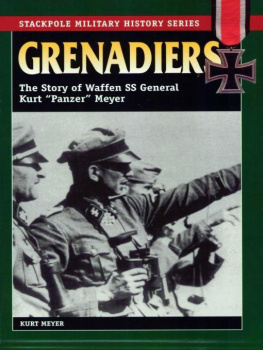

 This paper meets the requirements of the American National Standard for Permanence of Paper for Printed Library Materials, Z39.48, 1984.
This paper meets the requirements of the American National Standard for Permanence of Paper for Printed Library Materials, Z39.48, 1984.